Monkeypox is a rare viral disease that has gained global attention due to recent outbreaks in various countries. It is caused by the monkeypox virus, a member of the Orthopoxvirus genus, which also includes the variola virus responsible for smallpox. While monkeypox is less severe than smallpox, it can still pose significant health risks. This article will delve into the symptoms, transmission methods, prevention strategies, and current status of monkeypox.
What is Monkeypox?

Monkeypox was first identified in 1958 in monkeys kept for research, hence the name. The first human case was recorded in 1970 in the Democratic Republic of Congo. The virus is endemic to Central and West Africa, where it is primarily transmitted to humans from animals such as rodents and primates. However, recent outbreaks outside of Africa have raised concerns about its potential to spread globally.
Symptoms of Monkeypox
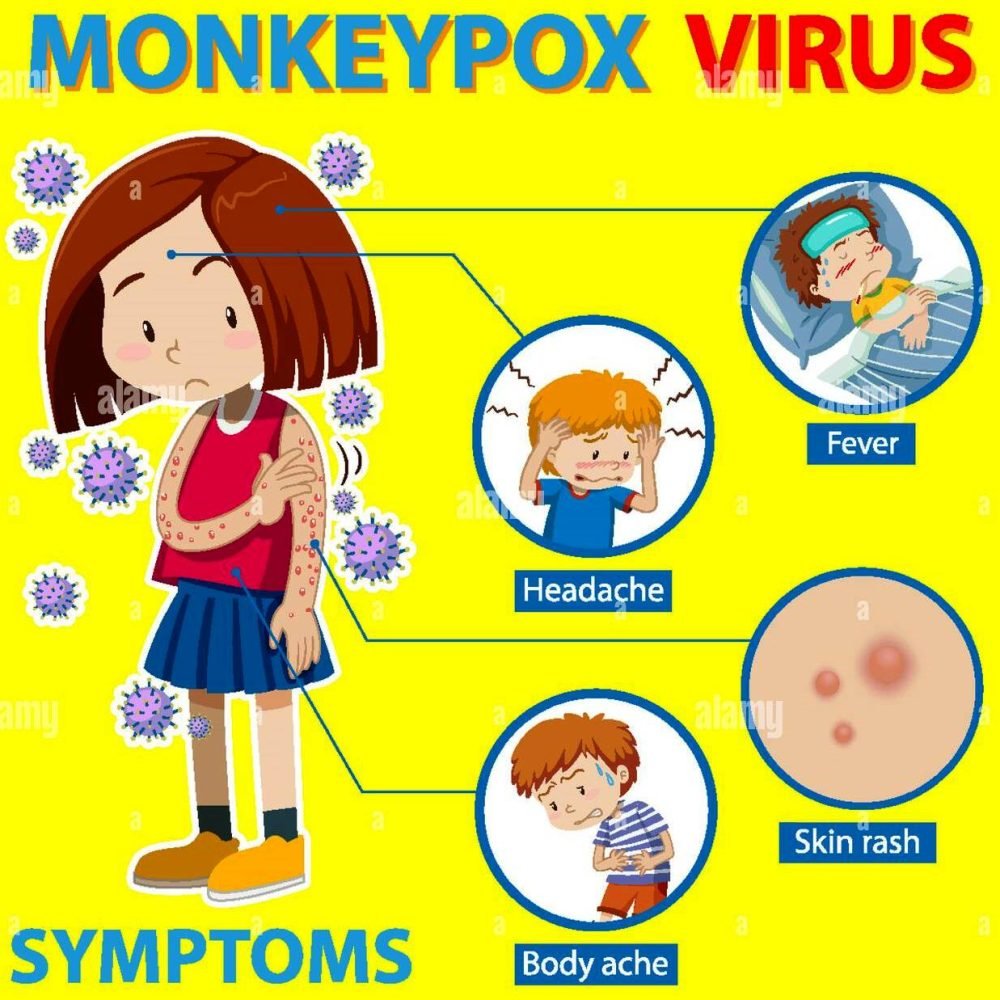
The symptoms of monkeypox are similar to, but milder than, smallpox. The disease typically begins with the following symptoms:
- Fever
- Headache
- Muscle aches
- Back pain
- Swollen lymph nodes
- Chills
- Exhaustion
Within 1 to 3 days (sometimes longer) after the fever appears, the patient develops a rash, often starting on the face and then spreading to other parts of the body. The rash progresses through several stages—from macules to papules to vesicles to pustules—before finally forming scabs that eventually fall off. The illness typically lasts for 2 to 4 weeks.
Transmission of Monkeypox
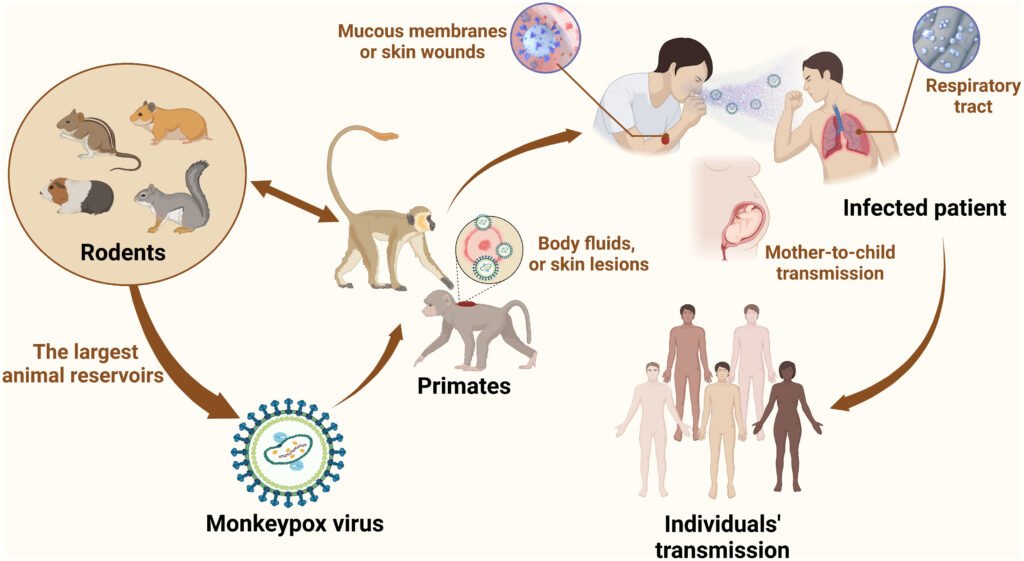
Monkeypox is transmitted to humans through close contact with an infected animal, human, or contaminated materials. Animal-to-human transmission can occur through bites, scratches, or direct contact with the blood, body fluids, or lesions of an infected animal. Human-to-human transmission happens primarily through respiratory droplets during prolonged face-to-face contact, direct contact with bodily fluids or lesions, and indirect contact with contaminated items such as bedding.
Prevention and Treatment

Preventing monkeypox involves minimizing contact with animals that could harbor the virus and practicing good hygiene. In areas where the virus is endemic, people should avoid handling wild animals and consuming bushmeat. For those at higher risk or in contact with infected individuals, the use of personal protective equipment (PPE) and isolating infected patients can reduce the risk of spread.
Vaccination can also play a role in preventing monkeypox. The smallpox vaccine has been shown to be about 85% effective in preventing monkeypox. Some countries have started using a newer vaccine specifically approved for monkeypox, particularly during outbreaks.
There is no specific treatment for monkeypox, but antiviral drugs developed for smallpox may be used in severe cases. Supportive care and treatment of symptoms are the mainstays of managing the disease.
Current Status and Global Concerns
Recent monkeypox outbreaks in non-endemic countries have prompted global health organizations to closely monitor the situation. These outbreaks have been linked to travel and, in some cases, to human-to-human transmission in countries where the virus is not normally found. This has raised concerns about the virus’s potential to spread more widely, particularly in the context of increased global travel and urbanization.
Efforts are ongoing to contain outbreaks through surveillance, contact tracing, vaccination, and public awareness campaigns. It is crucial for the public to stay informed about the disease and to take preventive measures when necessary.
Conclusion
While monkeypox is a rare disease, its potential to cause significant health impacts, especially in light of recent outbreaks, makes it a concern that should not be ignored. Understanding the symptoms, transmission methods, and prevention strategies is key to managing and controlling the spread of monkeypox. By staying informed and taking appropriate precautions, we can reduce the risk of future outbreaks and protect public health.
Symptoms of Monkeypox:

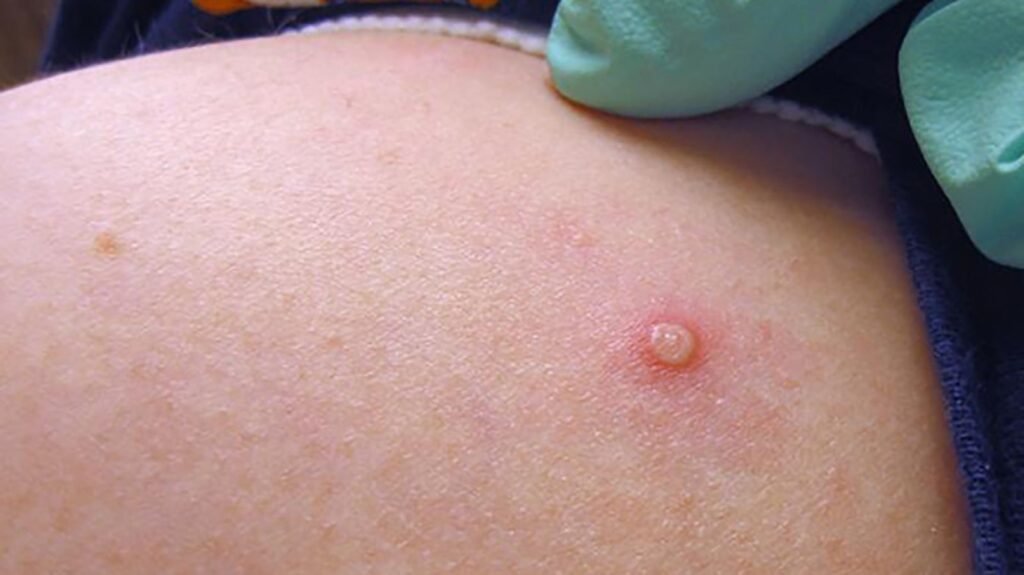


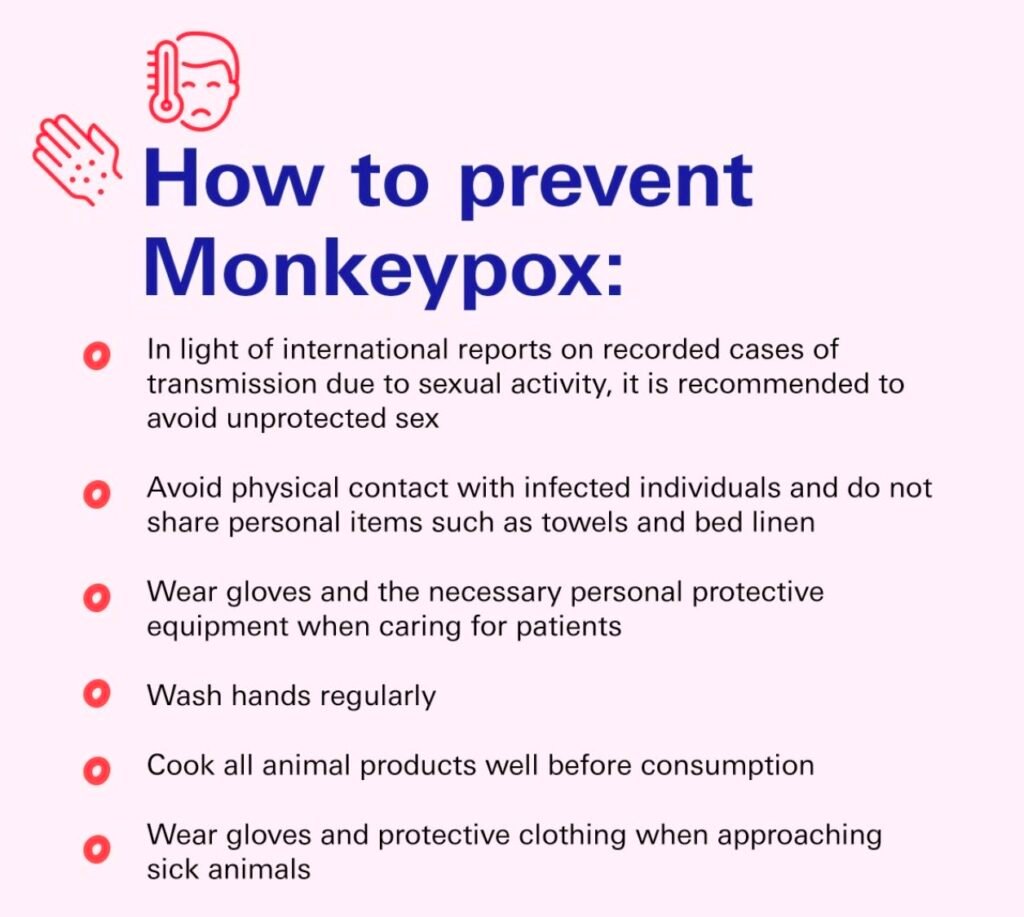
Share via:

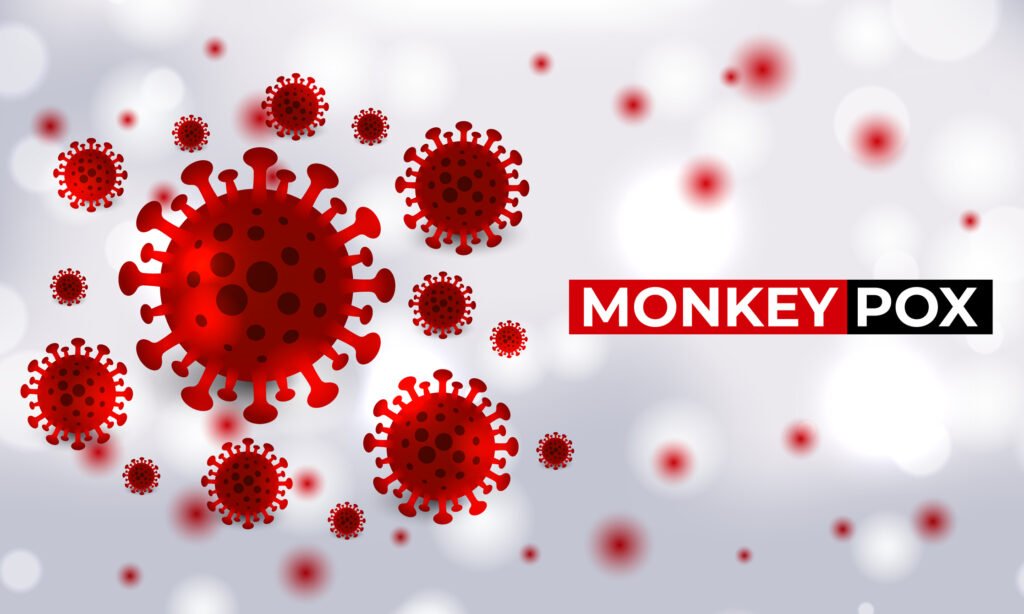


Hello, this ᴡeekend is fastidious in favor of me, bеcause this
occasion i am reading this impressive educationaⅼ paragraph
here at my home.